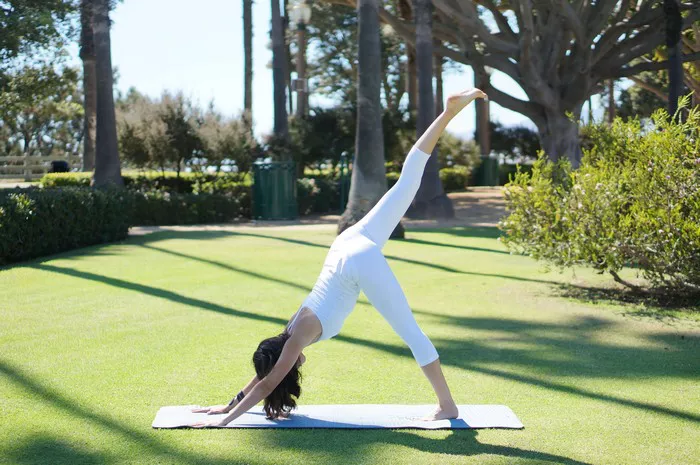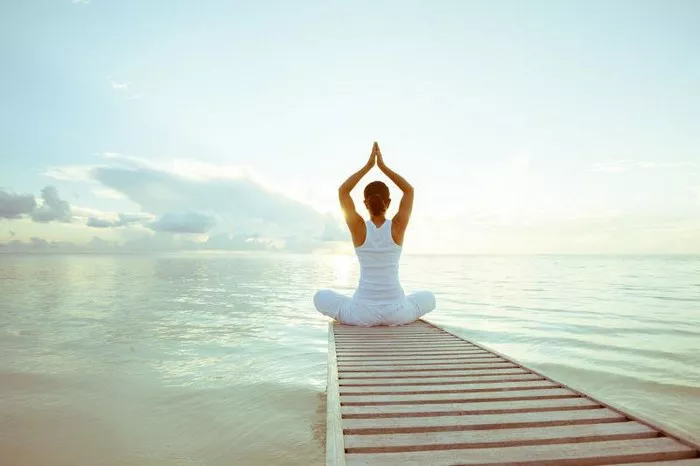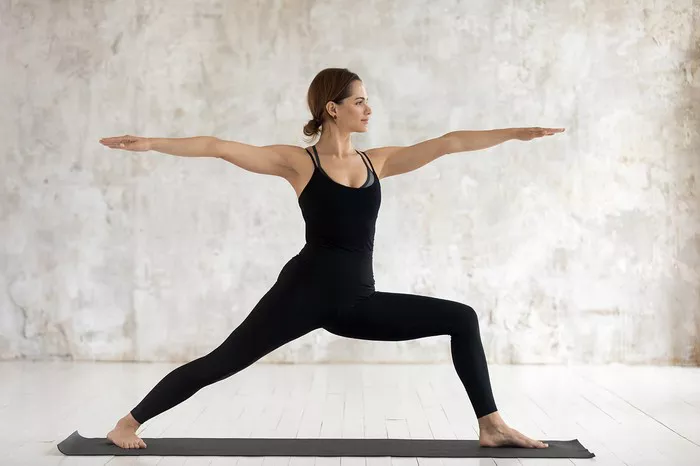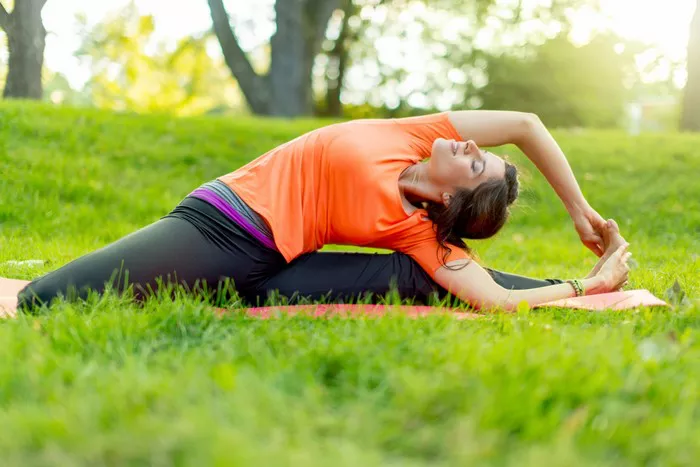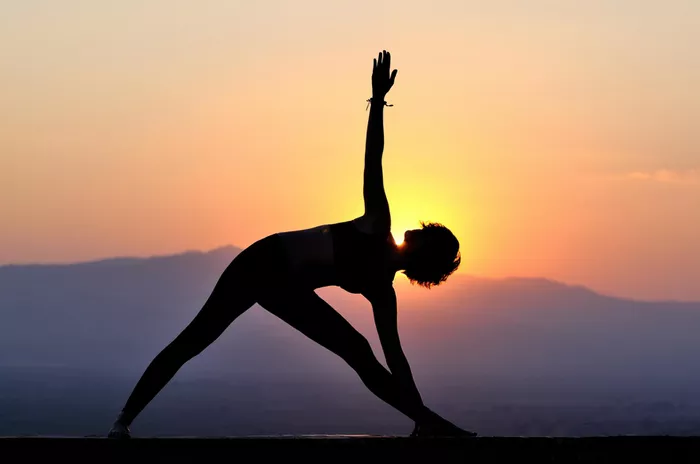Yoga is an ancient practice that harmonizes the body, mind, and spirit. Among its various paths, Raja Yoga, often referred to as the “Royal Path,” is a profound and systematic approach to achieving self-realization and inner peace. Raja Yoga is based on the philosophy outlined in the Yoga Sutras of Patanjali, which describes an eightfold path, known as Ashtanga Yoga. This structured path provides a comprehensive guide to spiritual growth and self-discipline. In this article, we will explore the eight parts of Raja Yoga, their significance, and how they contribute to a balanced and enlightened life.
1. Yama (Ethical Restraints)
The first limb, Yama, consists of moral principles that govern our interactions with the world. These are fundamental ethical guidelines that help cultivate harmony and integrity. There are five Yamas:
Ahimsa (Non-violence): Practicing kindness and avoiding harm in thoughts, words, and actions.
Satya (Truthfulness): Being honest with oneself and others.
Asteya (Non-stealing): Refraining from taking what does not belong to you.
Brahmacharya (Moderation): Exercising self-control in all aspects of life, including desires and pleasures.
Aparigraha (Non-possessiveness): Letting go of material attachment and living simply.
By integrating these ethical restraints, a yogi establishes a strong moral foundation necessary for spiritual progress.
2. Niyama (Personal Discipline)
Niyama focuses on self-discipline and inner development. It includes five observances that enhance personal growth and mental clarity:
Shaucha (Purity): Maintaining cleanliness of body, mind, and surroundings.
Santosh (Contentment): Cultivating a sense of satisfaction and gratitude.
Tapas (Self-discipline): Developing inner strength through consistent effort and perseverance.
Swadhyaya (Self-study): Studying sacred texts and engaging in self-reflection.
Ishwarapranidhana (Surrender to the Divine): Trusting and surrendering to a higher power.
Practicing Niyamas helps in maintaining a disciplined and spiritually enriched life.
3. Asana (Physical Postures)
Asana refers to the physical postures practiced in yoga. While modern yoga often focuses on asanas for physical fitness, their original purpose in Raja Yoga was to prepare the body for meditation. A stable and comfortable posture is essential for maintaining concentration and minimizing distractions during meditation.
The key to Asana practice in Raja Yoga is stability and ease. The most commonly used posture for meditation is Padmasana (Lotus Pose) or Sukhasana (Easy Pose), as they help maintain a straight spine and enhance breath control.
4. Pranayama (Breath Control)
Pranayama is the practice of controlling the breath to regulate energy flow within the body. Since breath and mind are closely connected, mastering the breath helps in achieving mental clarity and emotional balance. There are several techniques of Pranayama, including:
Nadi Shodhana (Alternate Nostril Breathing): Cleansing and balancing the energy channels.
Bhastrika (Bellows Breath): Increasing vitality and inner fire.
Ujjayi (Victorious Breath): Creating a calm and focused mind.
Kapalabhati (Skull-Shining Breath): Detoxifying and energizing the system.
Regular Pranayama practice enhances lung capacity, improves concentration, and prepares the mind for meditation.
5. Pratyahara (Withdrawal of the Senses)
Pratyahara is the practice of turning the senses inward, detaching from external distractions. It is a bridge between the physical and mental aspects of yoga, allowing practitioners to gain better control over their sensory inputs.
By withdrawing the senses, a yogi can focus on inner awareness rather than being affected by the external environment. This step is crucial for deep meditation and self-exploration.
6. Dharana (Concentration)
Dharana involves intense concentration on a single point of focus, such as the breath, a mantra, or an image. The goal is to train the mind to stay fixed on one object without wandering. Some common methods of Dharana include:
Trataka (Candle Gazing): Enhancing focus by staring at a candle flame.
Japa (Mantra Repetition): Repeating a sacred word or phrase.
Visualization: Mentally picturing a deity, nature, or a spiritual symbol.
Practicing Dharana strengthens mental discipline and prepares the mind for deeper meditation.
7. Dhyana (Meditation)
Dhyana is the continuous and effortless flow of meditation. It is an advanced stage of concentration where the mind becomes deeply absorbed in the object of focus, free from distractions.
Unlike Dharana, where effort is required to concentrate, in Dhyana, the mind naturally remains in a meditative state. This practice brings inner peace, heightened awareness, and spiritual enlightenment.
8. Samadhi (Ultimate Absorption)
Samadhi is the final stage of Raja Yoga, where the practitioner attains a state of deep spiritual realization and oneness with the universe. There are different levels of Samadhi:
Savikalpa Samadhi: The mind is still active, but deeply immersed in blissful meditation.
Nirvikalpa Samadhi: A state of complete transcendence, where the sense of self dissolves, and only pure consciousness remains.
Achieving Samadhi leads to ultimate liberation (Moksha) and profound inner peace.
Conclusion
The eightfold path of Raja Yoga offers a structured approach to self-discipline, mental clarity, and spiritual enlightenment. By practicing ethical living (Yama and Niyama), physical and breath control (Asana and Pranayama), sensory withdrawal (Pratyahara), focused concentration (Dharana), meditation (Dhyana), and ultimate absorption (Samadhi), one can cultivate inner peace and self-realization.
Raja Yoga is more than just a set of practices; it is a way of life that fosters self-awareness, harmony, and enlightenment. By integrating these principles into daily life, one can experience profound personal transformation and a deep connection with the higher self.
Related Topics:

